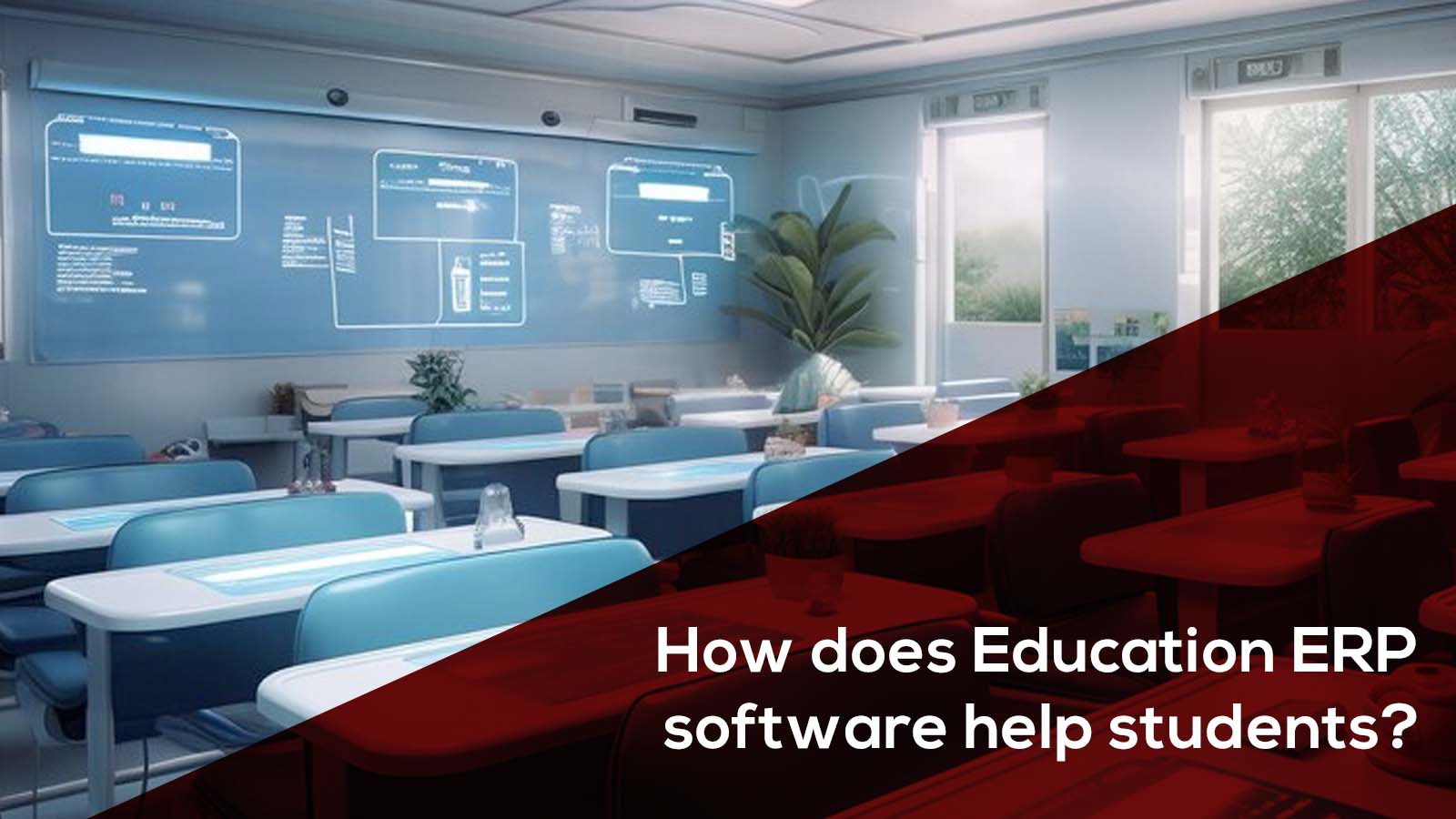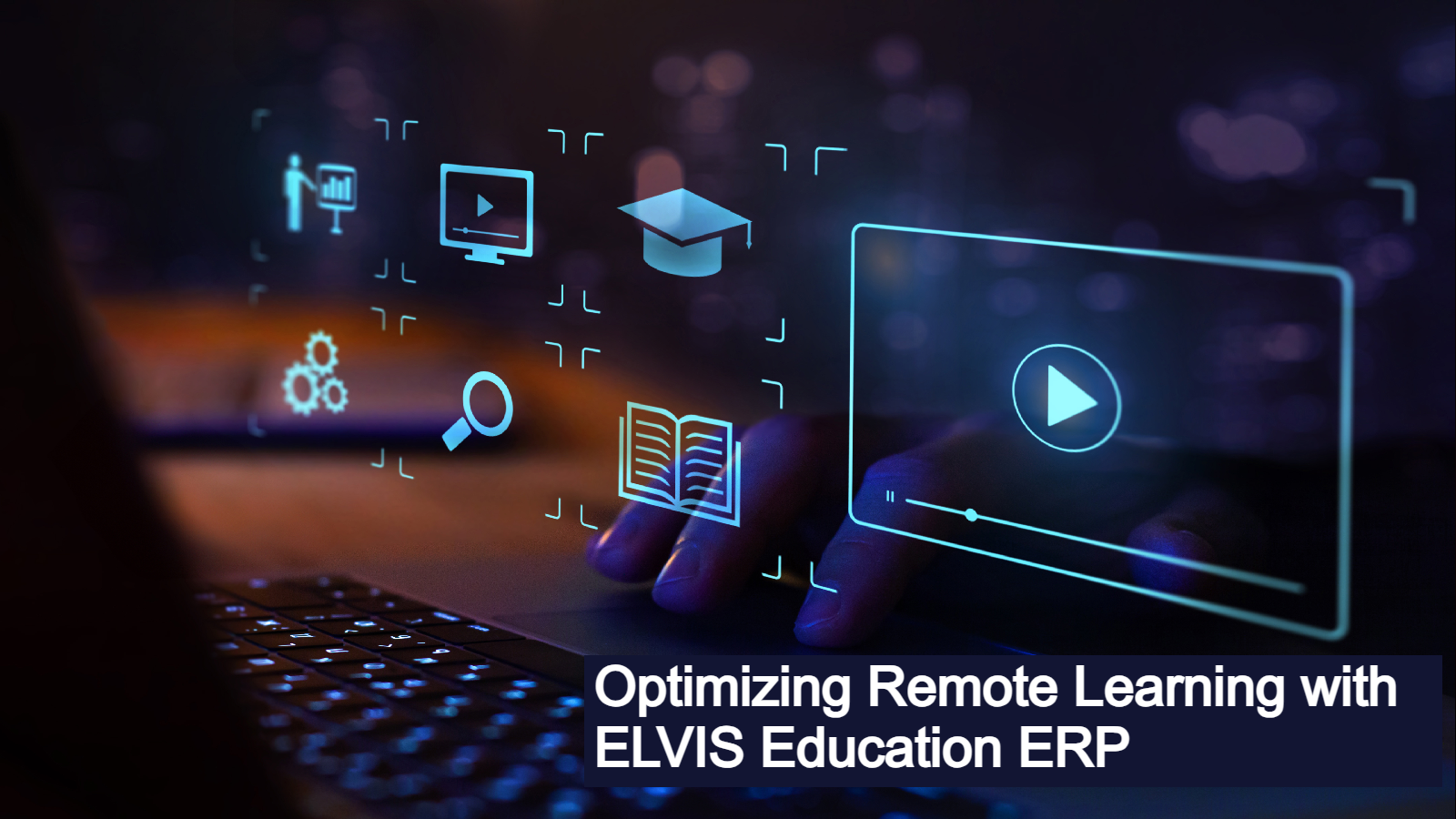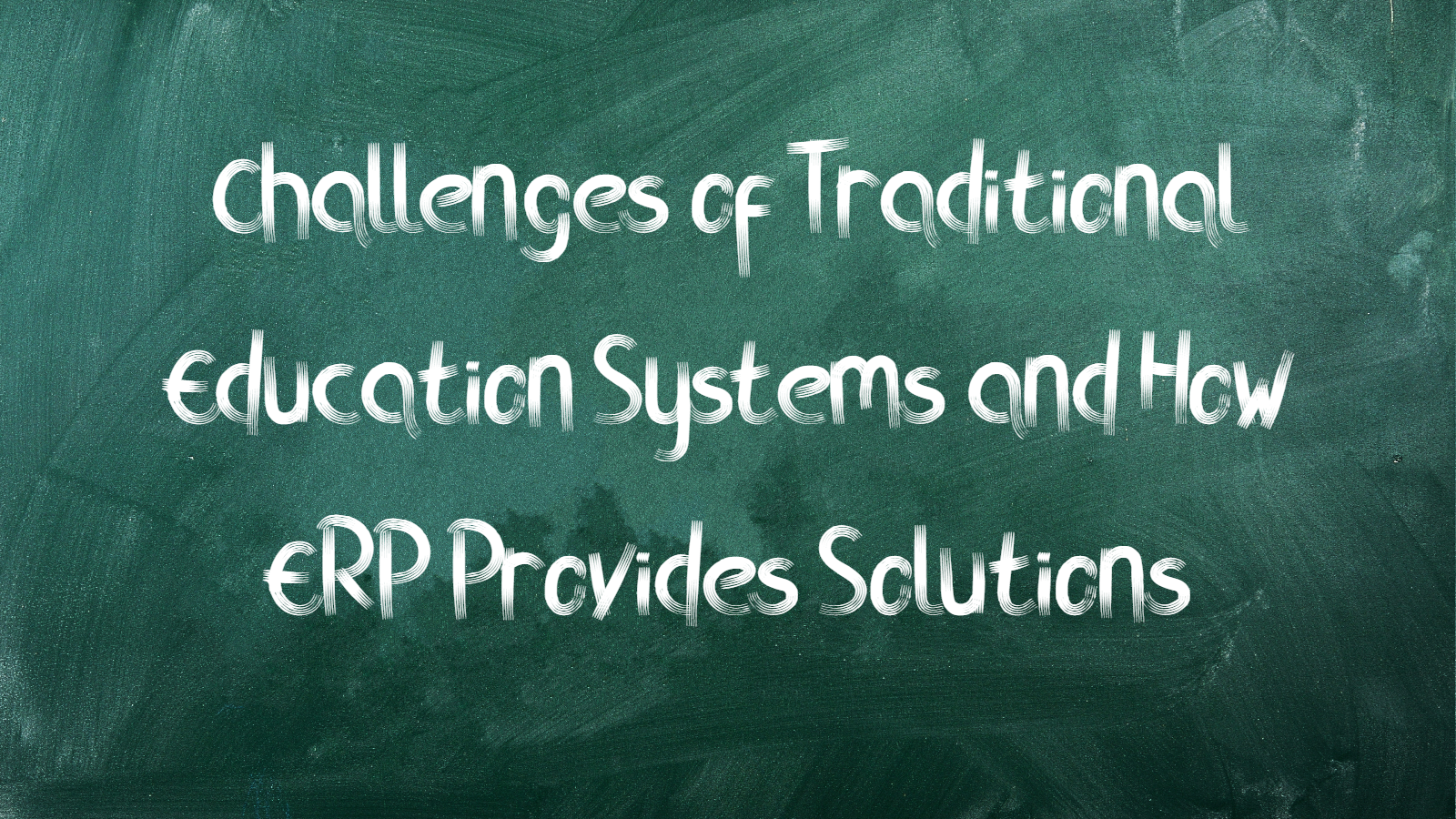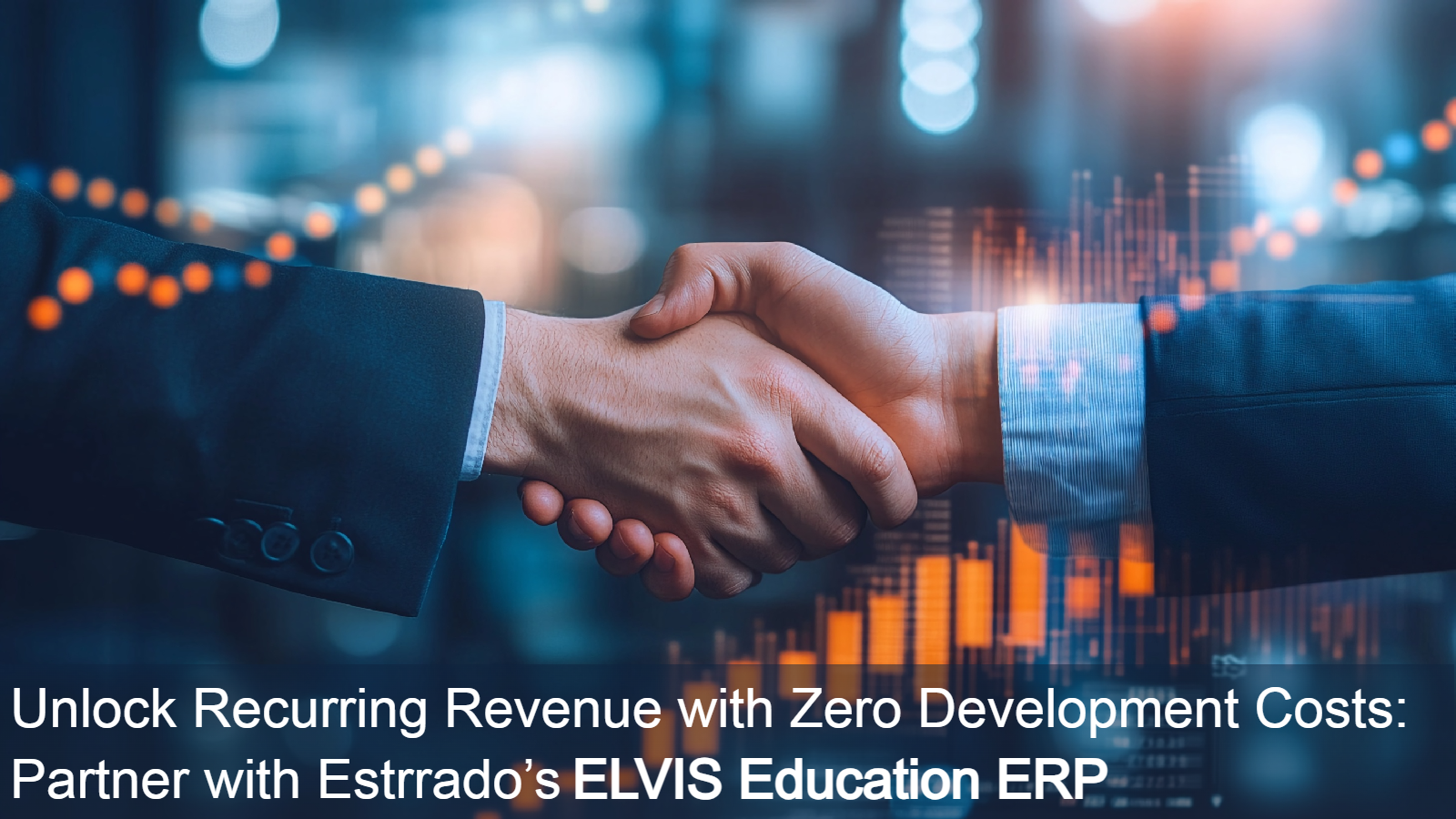Introduction
Definition of Education ERP Software
In the ever-evolving landscape of education, institutions are increasingly turning to technological solutions to streamline their operations and enhance the learning experience. One such groundbreaking tool is Education ERP (Enterprise Resource Planning) software, a comprehensive system designed to integrate various aspects of educational management into a unified platform.
Significance of Technological Integration in Education
The integration of technology into education is not merely a trend but a necessity. Education ERP software plays a pivotal role in revolutionizing traditional administrative and academic processes, fostering efficiency, transparency, and innovation.
Brief Overview of the Impact of ERP Software on Educational Institutions
The impact of ERP software is profound, touching every facet of educational institutions. From simplifying administrative tasks to providing personalized learning experiences, the influence of Education ERP is reshaping the educational landscape.
The Evolution of Education ERP Software
The roots of Education ERP software can be traced back to its early adoption in higher education institutions. The need for efficient data management and communication paved the way for the initial integration of ERP systems.As technology advanced, the scope of ERP software expanded to include K-12 institutions. This evolution democratized access to sophisticated educational management tools across all levels of education.
Current Trends and Innovations
Cloud-Based Solutions
The advent of cloud technology has revolutionized how educational data is stored and accessed. Cloud-based Education ERP solutions offer unparalleled flexibility, scalability, and accessibility.
Mobile Accessibility
The rise of mobile technology has further transformed the educational landscape. Mobile accessibility ensures that stakeholders can stay connected and engaged, irrespective of their physical location.
Improving Student Engagement
While Education ERP software enables better efficiency, resource optimization, and reduced manual entry on the part of the administration, how does Education ERP software help students? Given below are some ways in which Education ERP software allows an enhanced student experience.
Automated Scheduling
Automated scheduling optimizes resource utilization, ensuring efficient allocation of classrooms, faculty, and other resources.
Learning Management Systems (LMS)
Education ERP integrates Learning Management Systems, providing a centralized platform for course delivery, assessment, and student engagement.
Adaptive Learning Platforms
Education ERP supports adaptive learning platforms that cater to individual student needs, promoting a personalized and effective learning experience.
Student Portals
Interactive student portals empower learners with real-time access to academic information, fostering a sense of ownership and engagement.
Student Collaboration Tools
Collaborative tools within ERP systems facilitate group projects and discussions, enhancing overall student collaboration and engagement.
Communication Tools
Integrated communication tools foster seamless collaboration among faculty, staff, and students, contributing to a cohesive educational environment
Grading and Assessment
ERP systems automate grading and assessment processes, providing timely feedback to students and faculty.
Analytics and Reporting Tools
Robust analytics and reporting tools empower institutions to make informed decisions based on real-time data on student performance, promoting continuous improvement.
Predictive Modeling for Student Success
Education ERP’s predictive modeling capabilities identify at-risk students, enabling timely intervention and support to improve overall student success rates.
Future Trends in Education ERP Software
Artificial Intelligence Integration
The integration of artificial intelligence enables predictive analytics, allowing institutions to anticipate trends and take proactive measures for student success.
Virtual Teaching Assistants
AI-driven virtual teaching assistants offer personalized support to students, complementing the efforts of educators and promoting a more interactive learning experience.
Blockchain Technology in Educational Records
Blockchain technology ensures the security and verifiability of educational credentials, reducing the risk of fraudulent claims.
Decentralized Learning Platforms
Decentralized learning platforms powered by blockchain technology provide a secure and transparent environment for educational interactions.
Conclusion
Education ERP software brings about transformative benefits, including improved operational efficiency, enhanced student engagement, and streamlined administrative processes, contributing to overall educational excellence.As the educational landscape continues to evolve, the adoption of Education ERP software is not just a choice but a necessity. Institutions that embrace this technology are not only positioning themselves for current success but are also ensuring a future-ready and technologically advanced educational environment. The journey towards improved educational outcomes begins with the integration of robust and innovative Education ERP solutions.
Frequently Asked Questions (FAQs)
How does Education ERP software benefit students directly?
Education ERP software benefits students by providing personalized learning experiences, improving communication channels, and streamlining administrative processes, resulting in a more efficient and engaging educational journey.
What challenges do institutions face during the implementation of ERP software?
Institutions may face challenges such as resistance to change, data migration complexities, and the need for comprehensive staff training. Overcoming these challenges requires careful planning and strategic implementation.
Is cloud-based ERP more advantageous than on-premise solutions?
Cloud-based ERP solutions offer advantages such as scalability, accessibility, and reduced infrastructure costs. However, the choice between cloud-based and on-premise solutions depends on the specific needs and preferences of the institution.
How does ERP software contribute to personalized learning?
ERP software contributes to personalized learning by integrating adaptive learning platforms, providing real-time access to academic information, and facilitating collaborative tools for student engagement.
What security measures are in place to protect sensitive student data?
Education ERP software implements robust security measures, including data encryption, compliance with privacy laws, access control measures, cybersecurity protocols, and regular security audits to protect sensitive student data.
Can ERP software adapt to the unique needs of different educational levels?
Yes, modern Education ERP software is designed to be customizable and adaptable to the unique needs of different educational levels, including K-12 institutions and higher education.
How do institutions ensure the privacy of student information?
Institutions ensure the privacy of student information through strict compliance with data privacy laws, implementing encryption and access control measures, and conducting regular security audits to identify and address potential vulnerabilities.
What role does data analytics play in educational ERP systems?
Data analytics in educational ERP systems enable institutions to make informed decisions by providing insights into student performance, admission trends, and overall operational efficiency, fostering continuous improvement.
Are there any success stories of institutions transforming with ERP implementation?
Numerous institutions have experienced transformational success with ERP implementation, witnessing improved operational efficiency, enhanced student and faculty satisfaction, and streamlined administrative processes.
What future advancements can we expect in the realm of Education ERP software?
The future of Education ERP software will likely witness increased integration of artificial intelligence for predictive analytics, the widespread adoption of blockchain technology for secure credentialing, and continued advancements in user-friendly interfaces for seamless educational management.








